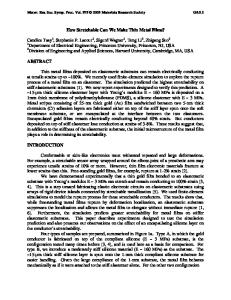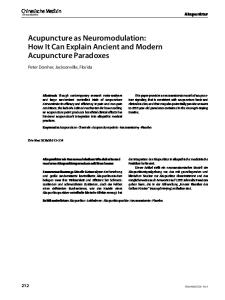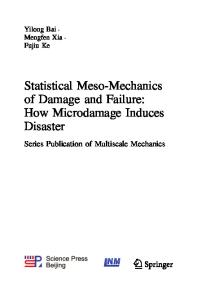How can fracture mechanics and failure analysis assist in solving mysteries of ancient metal artifacts?
- PDF / 7,209,372 Bytes
- 18 Pages / 595.276 x 790.866 pts Page_size
- 45 Downloads / 364 Views
(2020) 12:34
REVIEW
How can fracture mechanics and failure analysis assist in solving mysteries of ancient metal artifacts? Dana Ashkenazi 1 Received: 22 February 2019 / Accepted: 26 November 2019 # Springer-Verlag GmbH Germany, part of Springer Nature 2020
Abstract Metals and their alloys were used by ancient civilizations based on their appearance and properties. During antiquity, the production process of metal artifacts frequently caused strain hardening, cracking, and loss of strength. In addition, devastating failure has often occurred after long burial periods, resulting from residual stresses and continuous corrosion attack. Therefore, the present study aims to examine how a fracture mechanics approach, integrated with failure analysis tools, may assist archeologists in gaining additional information concerning ancient metal objects. For this purpose, a literature survey of postmortem studies of the RMS Titanic ship’s failure is presented, followed by a review of various archeological and historical studies of metal objects and structures made of silver, lead, copper, iron, and their alloys. Lastly, based on the current literature review, a methodology is proposed for analyzing ancient metal artifacts. This approach may assist archeologists in gaining a better understanding of the manufacturing techniques of ancient metal objects, their original shape and dimensions, the cause of failure, and state of preservation and conservation. Moreover, the use of such an approach may be valuable for future conservation and restoration of such archeological metal artifacts. Keywords Archeology . Crack propagation . Embrittlement . Failure analysis . Fracture mechanics . Ancient metals
Introduction The stresses at the crack tip theoretically tend to infinity (stress singularity). However, this is not possible in real-world structures. The stress concentration at the crack tip of real materials has a finite value, yet it is often the source of crack initiation and propagation. An increase in the crack length may eventually cause catastrophic failure of the structure (Ceriolo and Di Tommaso 1998). Fracture mechanics is therefore an essential engineering discipline within solid mechanics that is concerned with the study of crack propagation in different materials, resulting in structural failure (Antolovich et al. 2018). Fracture mechanics experts aim to determine the relations between the material resistance and crack propagation, as well as the length of a crack and the magnitude and distribution of the stresses that have caused structural failure according to crack
* Dana Ashkenazi [email protected] 1
School of Mechanical Engineering, Tel Aviv University, 6997801 Ramat Aviv, Israel
propagation (Fig. 1). The discipline of fracture mechanics focuses on the failure of various structural materials, including metals and their alloys, rock and concrete structures (Atkinson 2015), ceramics, and polymers (Hutchinson and Evans 2000), as well as bi-materials (Banks-Sills 2015; Banks-Sills et al. 2000), composite materials
Data Loading...











